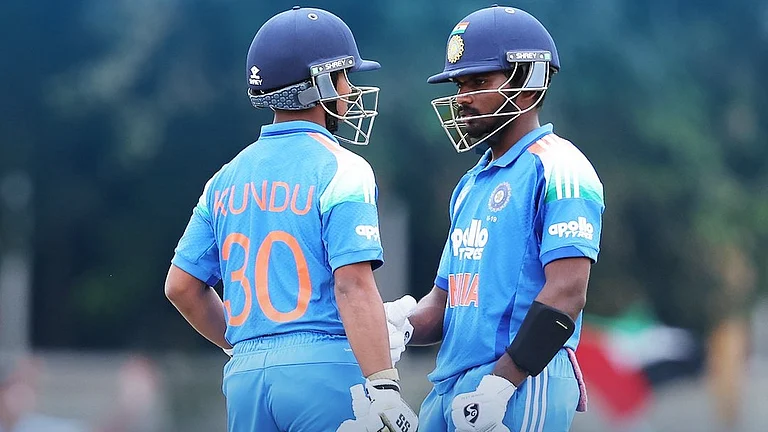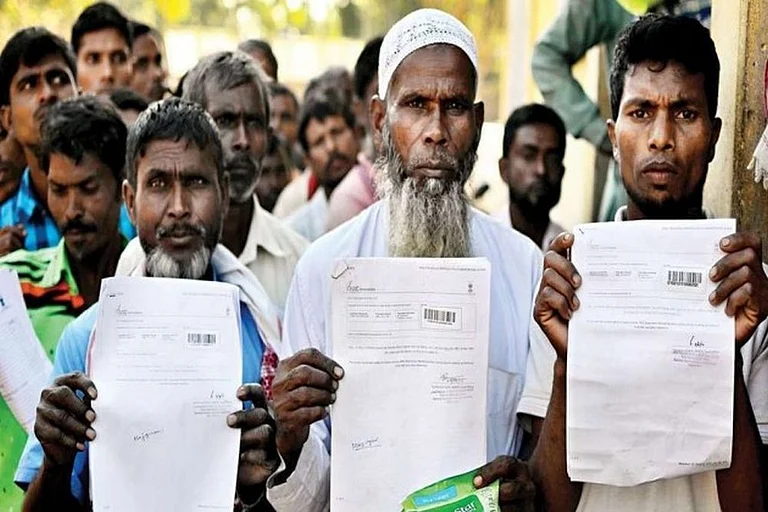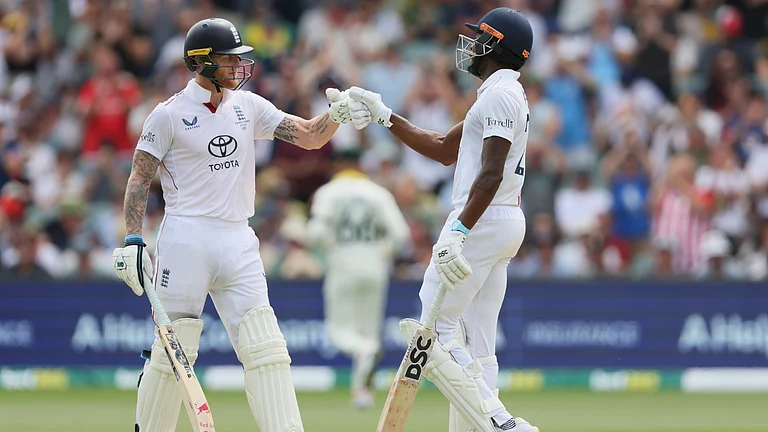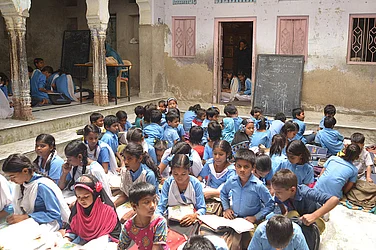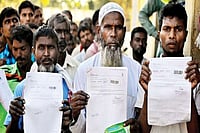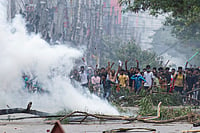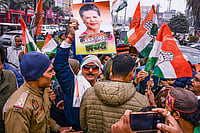INDIA'S journey towards the 21st century may now be made in a little more comfort, at least in its vast railway services. In fact, barring possible broken tracks in the form of vote banks, if the recommendations of the A.E Ferguson report on marketing the railways are implemented, it could even be a pleasure. The nightmare of long, ill-serviced, tedious train travel may now be over. For, journeys shorter by as much as 40 per cent, better services--both onboard and off-board, and even special services for special (premium) passengers, are all part of the package suggested by the management consultancy firm. Obviously, these would come at a price, part of which could be benchmarked against air travel.
At a structural level, the railways-a state-owned monopoly-would shed its socialistic image and go the market way. The 'we'ar-doing-you-a-favour-by-running-the-trains' attitude will collapse. And the passengers, and the pricing, will be segmented.
Customer comfort will become a priority and brand extension of existing success stories will be undertaken. According to the study commissioned by the railways, this would, apart from providing better service to passengers, paint a blacker bottomline for the railways. Consider a sample:
Customer Focus: At the level of train superintendents and attendants, 'customer-comes-first' will be the operating mantra.
Premium Services: Services like food options and phones will be given at cost plus a 10 per cent premium. On some routes, reservation services will be available at airports.
Extended Services: The customer will have to option of paying for taxi fares while buying his ticket.
Faster trains: Bullet trains, like those in Japan, will be introduced.
International standards: Services will be upgraded to international standards in a bid to cater to the foreign tourist traffic.
Fro starters, the premium trains-the Rajdhani and the Shatabdi-would set the experiment rolling. Says Shanti Narayan, member (traffic), Railway Board: "The Shatabdi is ready for being upgraded." The duo, mainly patronised by business and upper-class travellers, will be developed as 'umbrella brands' with a view to augment the share of the two trains in the tourist traffic. A focus on the foreign tourist will be one of the key pivots of change in the services.
The report has gone deep into the nittygritty of routes, pricing, services and customers. For instance, as far as the Shatabdi is concerned, the study was carried out on the Delhi-Jaipur sector. The findings were telling: on this route, which has some of the highest international tourist traffic, the share of the Shatabdi was just 8 per cent. The Shatabdi's competitors, whose services also "Indicated premiumness", had managed to corner a 69 per cent market by offering point-to-point services in the sector though their transit time was almost the same as that of the Shatabdi.
The Rajdhani's turn for a facelift would then follow. Already, these are being equipped with telephones which business travellers and some domestic traffic to the Rajdhani brand. The next change will be an improvement redesign of coaches. Toilets would be removed from one end of the coach and the space converted for storing food. At the other end, the two loos would be partitioned and redesigned to create three loos and one wash room.
This follows an analysis of needs: while the foreign tourist passenger fares; passengers will have to segment in Rajdhani is looking for an inter- national level of service, the business traveller is looking for lower transit time and threshold level of services. In addition, says the report, there is a possibility of introducing a service which has a distinctive time advantage of nearly 35 per cent over the Rajdhani. Hence, the suggested bullet trains, which will operate as separate brands.
Interestingly, long before the railways commissioned Ferguson to look into its affairs, the Northern Railways (NR) had appointed a brand manager to gauge whether the service quality in the Shatabdi could be improved. The manager travelled on the Delhi-Chandigarh sector for 30 days at a stretch to acquaint himself with the demands of the executive as well as the non-executive passengers. His revelations are now being stretched to other zones as well. In fact, the findings of the Ferguson report are being merged with his report to form the basis of changes that are being planned.
So far, the railways has been dependent upon traffic between the four metros for most of its revenue: this group accounts for a quarter of all passenger traffic and almost two thirds of freight. The changes being planned, however, will affect other sectors also, thus widening the revenue stream. According to Narayan, the railways is planning a structural segregation of the trains. Says he: "We want to segment our traffic in three parts. These are:
The Shatahdi and the Rajdhani: Changes in the Shatabdi and the Rajdhani are just a part of plan for the Indian Railways, before it whistles into the 21st century. Railway minister Ram Vilas Paswan says that as a part of its larger plan, the railway network will link all international airports. This would help tap both freight and passenger traffic. "This is just at the proposal stage now," he adds.
Cross-country trains: Another plan is to provide the Rajdhani level of service on long-distance crosscountry trains. These could be the North East Express on the Delhi-Guwahati route, the Grand Trunk Express on the Delhi-Chennai artery and the Gitanjali Express on the Mumbai-Calcutta route, among others. One train would be chosen in each zone. On an experimental basis, this would entail better quality of service, such as onboard meals and bedding, as is the practice in Rajdhanis. At present, nine trains are in the process of being identified. If the improved services are well-received--the catch again being an increase in fares in the region of 20 per cent--the improved services would be extended to more trains.
Slow passenger trains: Yet another plan taking shape is of phasing out the slow-moving passenger trains-the ubiquitous narrow-gauge trains which are part of the daily lives of rural and semi-urban India. These would be replaced by mainline electric multiple units (EMUS) and diesel EMUS. An increase in fares is proposed after the change, say senior ministry officials. However, much depends on Paswan since this is more of a political issue than an economic one.
And this could be the Achilles heel in this grand restructuring of the railways. For the third successive year, the railway budget did not provide for any increase in sleeper fares, while the brunt of the increase in fares had to be borne by the freight and luxury segment. The budgetary support to the railways has been falling for the last six years, and is now a little over 15 per cent of its annual budget. Most of these grand plans, therefore, will have to be funded either through internal accruals or by borrowings.
The pace of change has been adversely affected by the government's reluctance to increase fares in the non-luxury segment. At this rate, say officials, freight could eventually be out-priced, in the quality of food and a leading to a preferential shift towards road transport. Besides, if the increased cost is absorbed equally betweenfreight and passenger traffic, the cascading effect on the economy could be controlled. "If the success of Paswan is measured in his not having increased bear with the level of services they are offered now," says an official.
Meanwhile, these commendable plans for positive change in the railways' financials and customer comfort would keep wavering before the mathematics of power: which in India, translates into political will.







